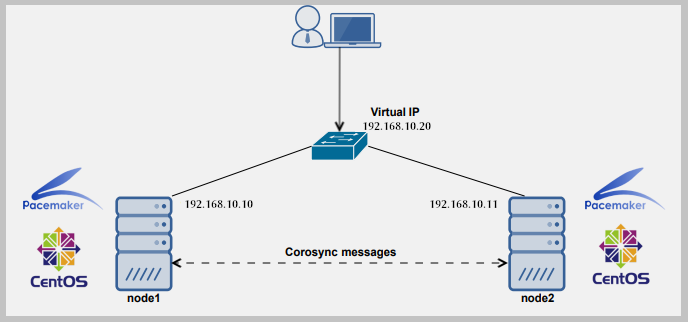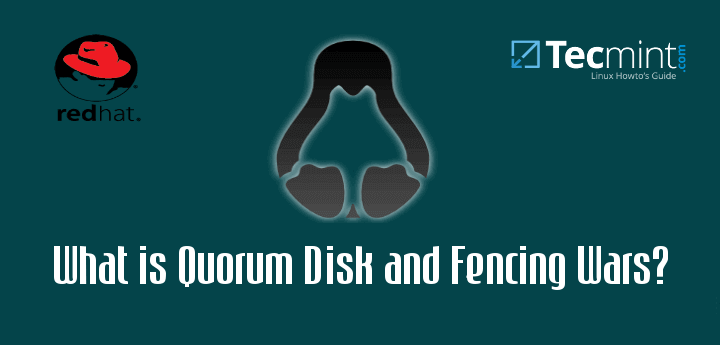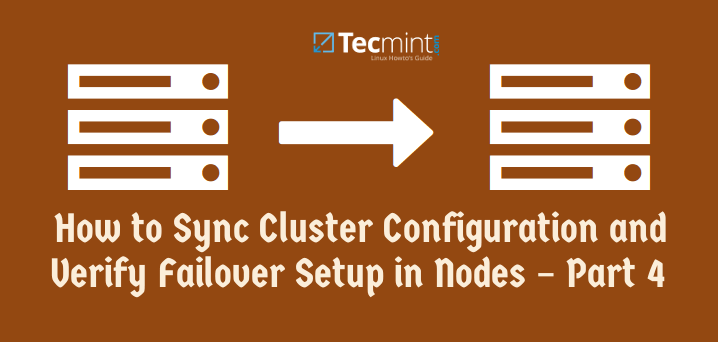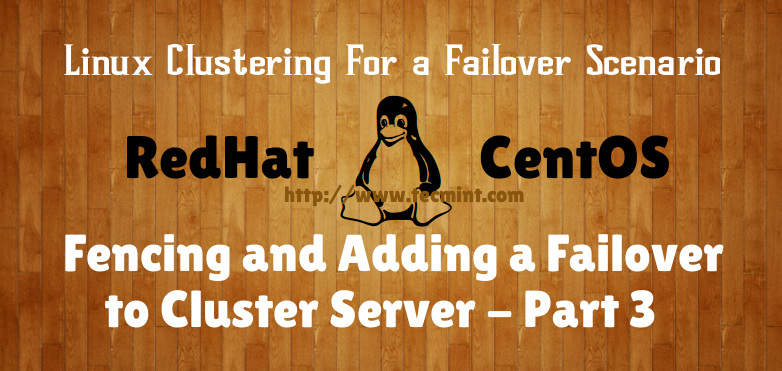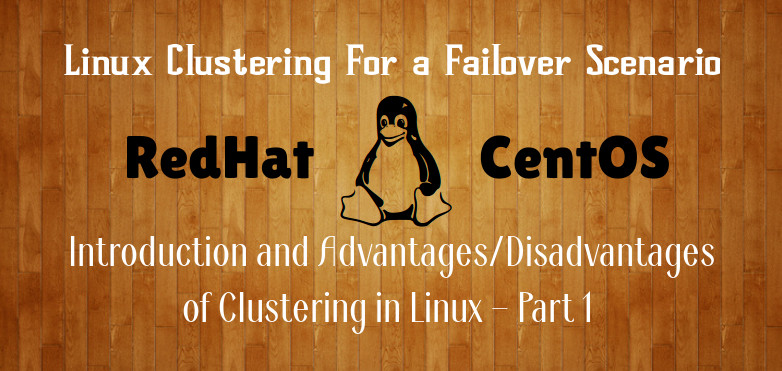Hi all. Before we start the second part, let’s review about what we have done in Part 01. In Part 01 of this clustering series, we’ve discussed about clustering technique and in which cases it can be used along with the advantages and disadvantages of clustering. And also we have covered the pre-requisites for this setup and what each package will do after we configured the kind of a setup.
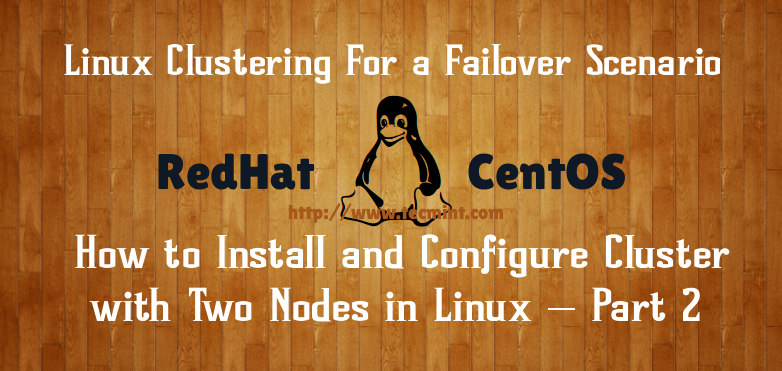
You can review Part 01 and Part 03 from below links.
- What is Clustering and Advantages/Disadvantages of Clustering
- Fencing and Adding a Failover to Cluster – Part 3
As I said in my last article, that we prefer 3 servers for this setup; one server act as a cluster server and others as nodes.
Cluster Server: 172.16.1.250 Hostname: clserver.test.net node01: 172.16.1.222 Hostname: nd01server.test.net node02: 172.16.1.223 Hostname: nd02server.test.net
In today’s Part 2, we will see how to install and configure clustering on Linux. For this we need to install below packages in all three servers.
- Ricci (ricci-0.16.2-75.el6.x86_64.rpm)
- Luci (luci-0.26.0-63.el6.centos.x86_64.rpm)
- Mod_cluster (modcluster-0.16.2-29.el6.x86_64.rpm)
- CCS (ccs-0.16.2-75.el6_6.2.x86_64.rpm)
- CMAN(cman-3.0.12.1-68.el6.x86_64.rpm)
- Clusterlib (clusterlib-3.0.12.1-68.el6.x86_64.rpm)
Step 1: Installing Clustering in Linux
So let’s start installing these packages in all three servers. You can easily install all these packages using yum package manager.
I will start by installing “ricci” package on all these three servers.
# yum install “ricci”
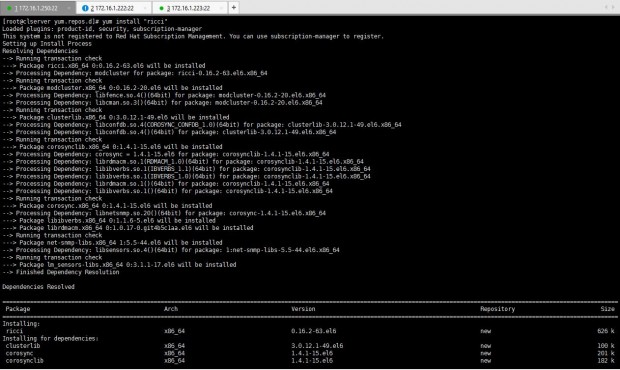
After ricci installation is done, we can see it has installed mod_cluster and cluster lib as its dependencies.
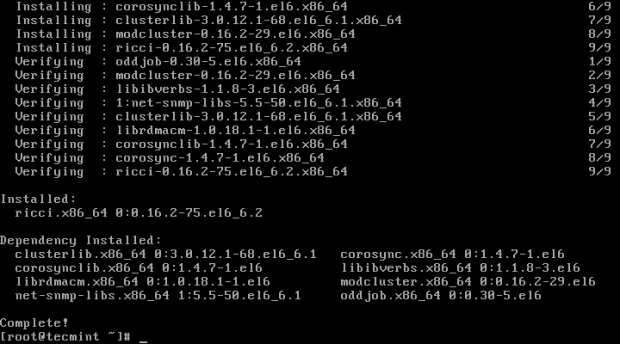
Next I’m installing luci using yum install “luci” command.
# yum install "luci"
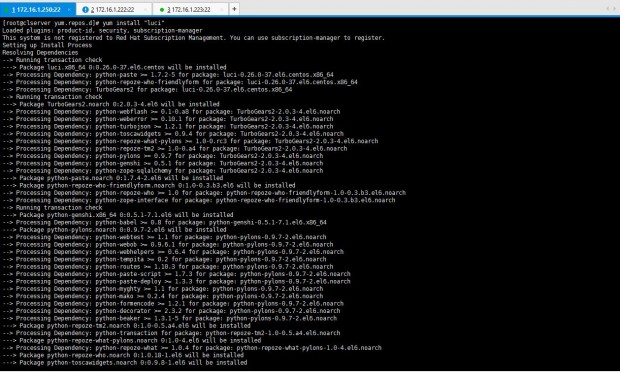
After the installation of luci, you can see it has installed the dependencies it needed.

Now, let’s install ccs package in the servers. For that I entered yum install ccs.x86_64 which is shown in the list when I issued yum list |grep “ccs” or else you can simply issue yum install “ccs”.
# yum install “ccs”

Let’s install cman as the last requirement for this particular setup. The command is yum install “cman” or yum install cman.x86_64 as shown in the yum list as I mentioned earlier.
# yum install “cman”
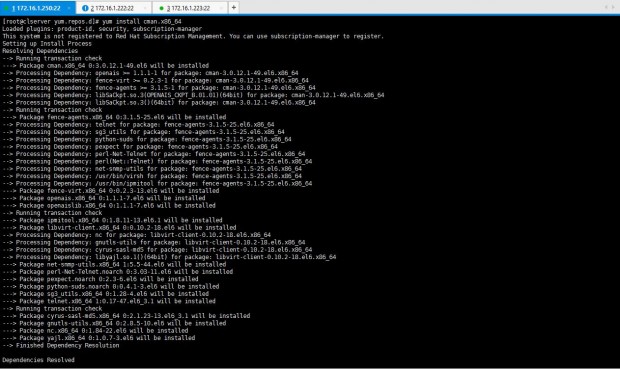
We need to confirm the installations are in place. Issue below command to see whether the packages we needed are installed properly in all three servers.
# rpm -qa | egrep "ricci|luci|modc|cluster|ccs|cman"

Perfect all the packages are installed and all we need to do is configuring the setup.
Step 2: Configure Cluster in Linux
1. As the first step for setting up the cluster, you need to start the ricci service on all three servers.
# service ricci start OR # /etc/init.d/ricci start
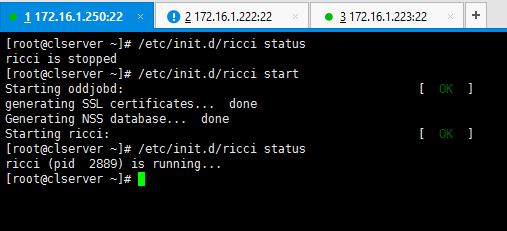
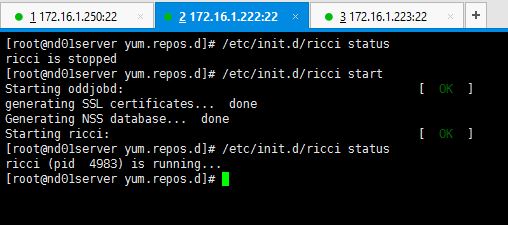
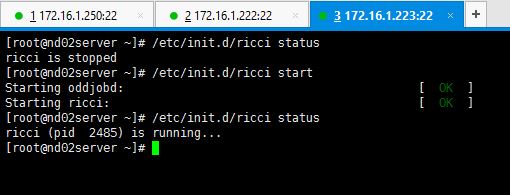
2. Since ricci is started in all servers, now it’s time to create the cluster. This is where ccs package comes to our help when configuring the cluster.
If you don’t want to use ccs commands then you will have to edit the “cluster.conf” file for adding the nodes and do other configs. I guess easiest way is to use following commands. Let’s have a look.
Since I haven’t created the cluster yet, there’s no cluster.conf file created in /etc/cluster location yet as shown below.
# cd /etc/cluster # pwd # ls
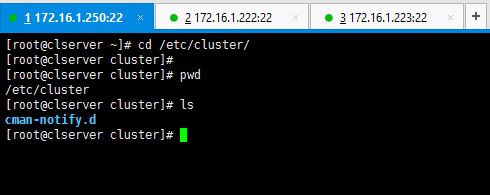
In my case, I do this in 172.16.1.250 which is dedicated for cluster management. Now onwards, everytime we try to use ricci server, it will ask for ricci’s password. So you will have to set the password of ricci user in all servers.
Enter passwords for ricci user.
# passwd ricci
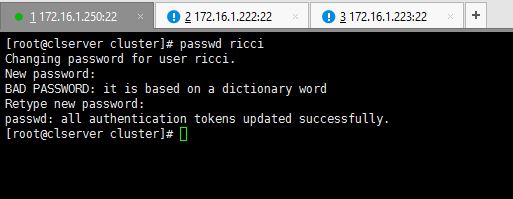
Now enter the command as shown below.
# ccs -h 172.16.1.250 --createcluster tecmint_cluster
You can see after entering above command, cluster.conf file is created in /etc/cluster directory.
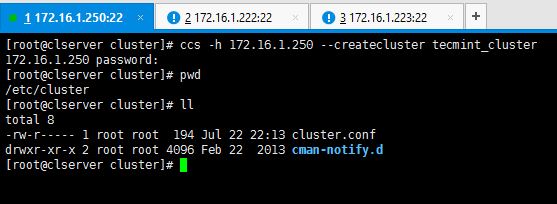
This is how my default cluster.conf looks like before I do the configs.
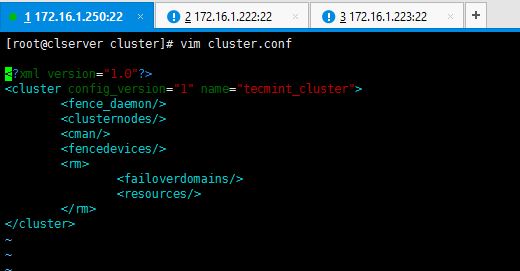
3. Now let’s add the two nodes to the system. In here also we use ccs commands to make the configurations. I’m not going to manually edit the cluster.conf file but use the following syntax.
# ccs -h 172.16.1.250 --addnode 172.16.1.222

Add the other node too.
# ccs -h 172.16.1.250 --addnode 172.16.1.223

This is how cluster.conf file looks like after adding the node servers.
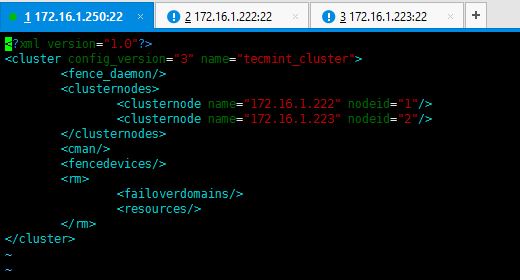
You also can enter below command to verify node details.
# ccs –h 172.16.1.250 --lsnodes

Perfect. You have successfully created the cluster yourself and added two nodes. For further details about ccs command options, enter ccs –help command and study the details. Since now you know how to create the cluster and add nodes to it, I will post Part 03 soon for you.
Thank you, till then keep connected with Tecmint for handy and latest How To’s.

